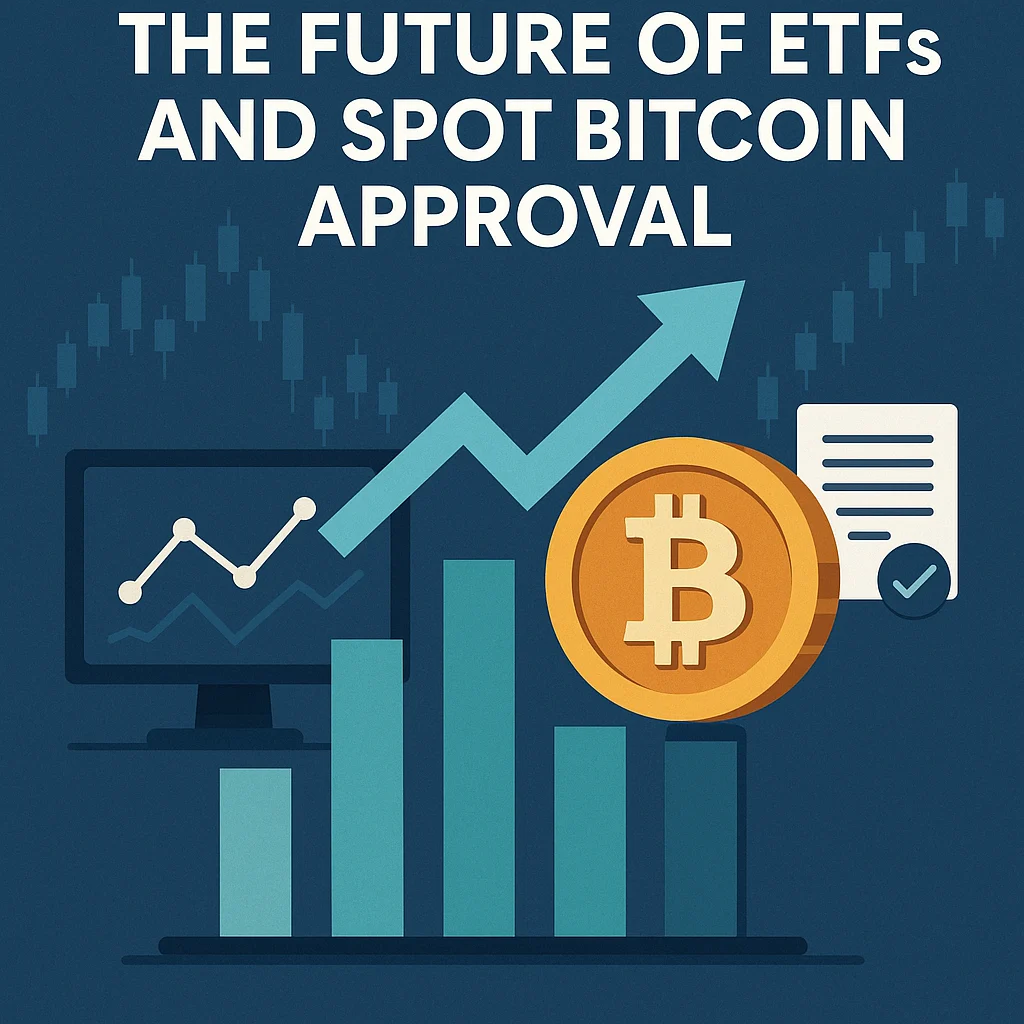Decentralized finance (DeFi) yield farming is one of the most alluring new ways for cryptocurrency owners to make passive income since DeFi's explosive growth. Staking or lending your cryptocurrency assets in exchange for large yields or returns in the form of more cryptocurrency is known as yield farming. The risks are just as great as the potential for financial gain. Knowing how to farm DeFi tokens without losing money is essential, regardless of your level of experience as an investor.
The idea of DeFi yield farming, the risks involved, and the methods to reduce those risks and increase your profits will all be covered in this blog.
Table of Contents
-
What Is DeFi Yield Farming?
-
How Yield Farming Works
-
Key Risks Involved
-
Common Yield Farming Strategies
-
Tips to Farm Safely Without Losing Money
-
Top Yield Farming Platforms
-
Red Flags to Watch Out For
-
Future of Yield Farming
-
Final Thoughts
1. What Is DeFi Yield Farming?
The practice of depositing cryptocurrency into decentralized finance platforms in order to earn interest or rewards is known as "DeFi yield farming." Transaction fees, interest payments, or protocol-issued incentive tokens are the sources of these rewards. DeFi protocols offer much higher returns, frequently in the double or triple digits per year, than traditional finance, where banks pay low interest rates.
However, high returns typically come with high risks. Many newcomers lose money or become victims of scams as a result of inadequate preparation or ignorance. Your first line of defense is understanding how the system operates.
2. How Yield Farming Works
Fundamentally, yield farming necessitates that liquidity providers (LPs) contribute their cryptocurrency holdings to liquidity pools. Decentralized exchanges (DEXs) such as Curve, PancakeSwap, and Uniswap are powered by these pools.
You receive LP tokens that represent your share when you add your tokens to a liquidity pool (ETH/USDT, for example). You get a share of the fees in exchange, and you might also get governance tokens like CAKE or UNI.
Some popular yield farming mechanisms include:
-
Staking: Locking your crypto assets in a protocol to support its network and earn rewards.
-
Lending: Supplying tokens to a lending platform like Aave or Compound and earning interest.
-
Liquidity Mining: Providing assets to DEXs and earning both fees and incentive tokens.
3. Key Risks Involved
A. Impermanent Loss
When the value of the assets you deposited fluctuates, you suffer an impermanent loss. Just holding them would have earned you more money. Once you take your money out, it's permanent. The largest drawback of liquidity provision is this.
B. Smart Contract Vulnerabilities
Smart contracts control the majority of DeFi platforms. Your money could be lost or stolen if these contracts are not audited or have errors.
C. Rug Pulls and Exit Scams
Certain projects are malevolent from the outset. A rug pull is a scam in which developers develop a DeFi protocol, draw in investors, and then drain the liquidity pool.
D. High Gas Fees
Gas fees have the potential to consume a significant portion of your profit on blockchains such as Ethereum. Gas is needed for every transaction, including staking and reward harvesting.
E. Market Volatility
Crypto prices are extremely volatile. Sudden price changes can affect your farming returns and cause losses.
4. Common Yield Farming Strategies
A. HODLing + Staking
Make long-term investments in trustworthy DeFi platforms. For example, holders of ETH can stake on Rocket Pool or Lido to earn respectable returns.
B. Stablecoin Farming
To avoid impermanent loss and volatility, many users prefer farming stablecoin pairs like USDC/DAI or USDT/BUSD.
C. Layer 2 Yield Farming
Use Layer 2 solutions such as Polygon, Optimism, or Arbitrum to lower gas prices and introduce new, incentive-based protocols.
D. Auto-Compounding Vaults
Platforms like Beefy Finance and Yearn Finance offer vaults that automatically reinvest your earnings to maximize APY.
5. Tips to Farm Safely Without Losing Money
Tip 1: Use Audited Platforms Only
Verify whether the platform has undergone audits by respectable companies such as Quantstamp, Trail of Bits, or CertiK. Audits lessen the likelihood of bugs or exploits, but they do not completely eliminate all risks.
Tip 2: Diversify
Don’t go all-in on one protocol or asset. Spread your funds across multiple pools and platforms to minimize risks.
Tip 3: Stay Updated
DeFi and crypto are rapidly evolving. Join the Telegram or Discord channels for the project. To stay informed about any changes to farming incentives or security alerts, pay attention to their announcements.
Tip 4: Monitor APY Changes
The state of the market affects yield rates. It's time to think again if the APY drops a lot or seems too good to be true (for example, 10,000% APY).
Tip 5: Beware of Forks and New Projects
Forked projects are the source of many scams. Before investing in new projects, DYOR (Do Your Own Research) is advised. Seek out open communities and transparent teams.
Tip 6: Use Hardware Wallets
For increased security, communicate with DeFi protocols using hardware wallets such as Trezor or Ledger. Steer clear of farming straight from hot wallets or centralized exchanges.
Tip 7: Take Profits Regularly
Don’t be greedy. Withdraw your profits periodically and consider converting them into stablecoins or fiat to lock in gains.
6. Top Yield Farming Platforms
Here are some reputable platforms that support yield farming:
A. Uniswap
A pioneer in decentralized exchanges, Uniswap allows users to earn fees by providing liquidity.
B. Aave
Primarily a lending platform, Aave allows users to earn interest and rewards through its liquidity mining programs.
C. Curve Finance
Ideal for stablecoin yield farming, Curve offers minimal impermanent loss and high efficiency for stable pairs.
D. PancakeSwap
A Binance Smart Chain (BSC) alternative to Uniswap, PancakeSwap offers high yields and cheaper transactions.
E. Yearn Finance
Automates yield farming by reallocating your assets to the best-yielding protocols.
7. Red Flags to Watch Out For
-
Anonymous Team – If the project has no public developers or founders, be cautious.
-
No Audit – A project without any audits is a major risk.
-
Excessive Returns – APYs over 1,000% may indicate a Ponzi scheme or unsustainable reward model.
-
No Community – A weak or non-existent community is a sign of a low-effort or abandoned project.
-
Fake Partnerships – Some projects falsely claim partnerships with big names. Verify from both ends.
8. Future of Yield Farming
As DeFi matures, yield farming is expected to evolve with:
-
Insurance options for smart contract risks.
-
Integration with real-world assets like tokenized real estate or stocks.
-
Layer 2 scaling solutions that lower gas fees and increase accessibility.
-
Improved UI/UX that makes yield farming easier for non-technical users.
-
More regulation which could stabilize or disrupt high-yield DeFi activities.
9. Final Thoughts
Understanding the ecosystem and making wise decisions are key components of yield farming, which goes beyond simply aiming for high APYs. Even though DeFi presents exciting opportunities, caution is necessary. Start small, make use of reliable platforms, vary your approach, and prioritize security at all times.
Since cryptocurrency markets are already unstable, adding yield farming's complexity without sufficient planning can quickly turn gains into losses. You can farm DeFi tokens and make steady profits without making common mistakes if you plan ahead, keep an eye on things, and have a strong risk-management mindset.
If you want to add an extra layer of privacy and security when signing up for DeFi platforms, consider using temporary email services like 10minutesmails or mytemp-mail. These tools help keep your primary email safe from phishing and spam — a simple yet effective security step in the DeFi world.





Leave a Reply